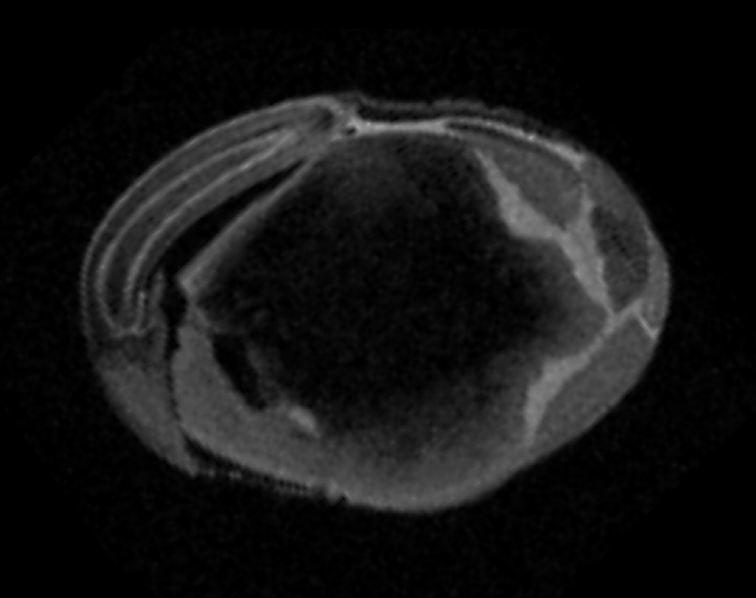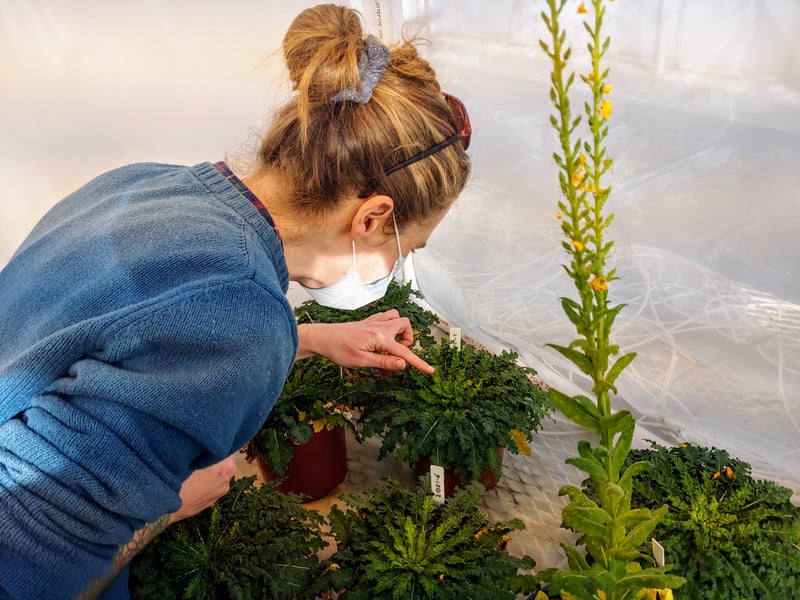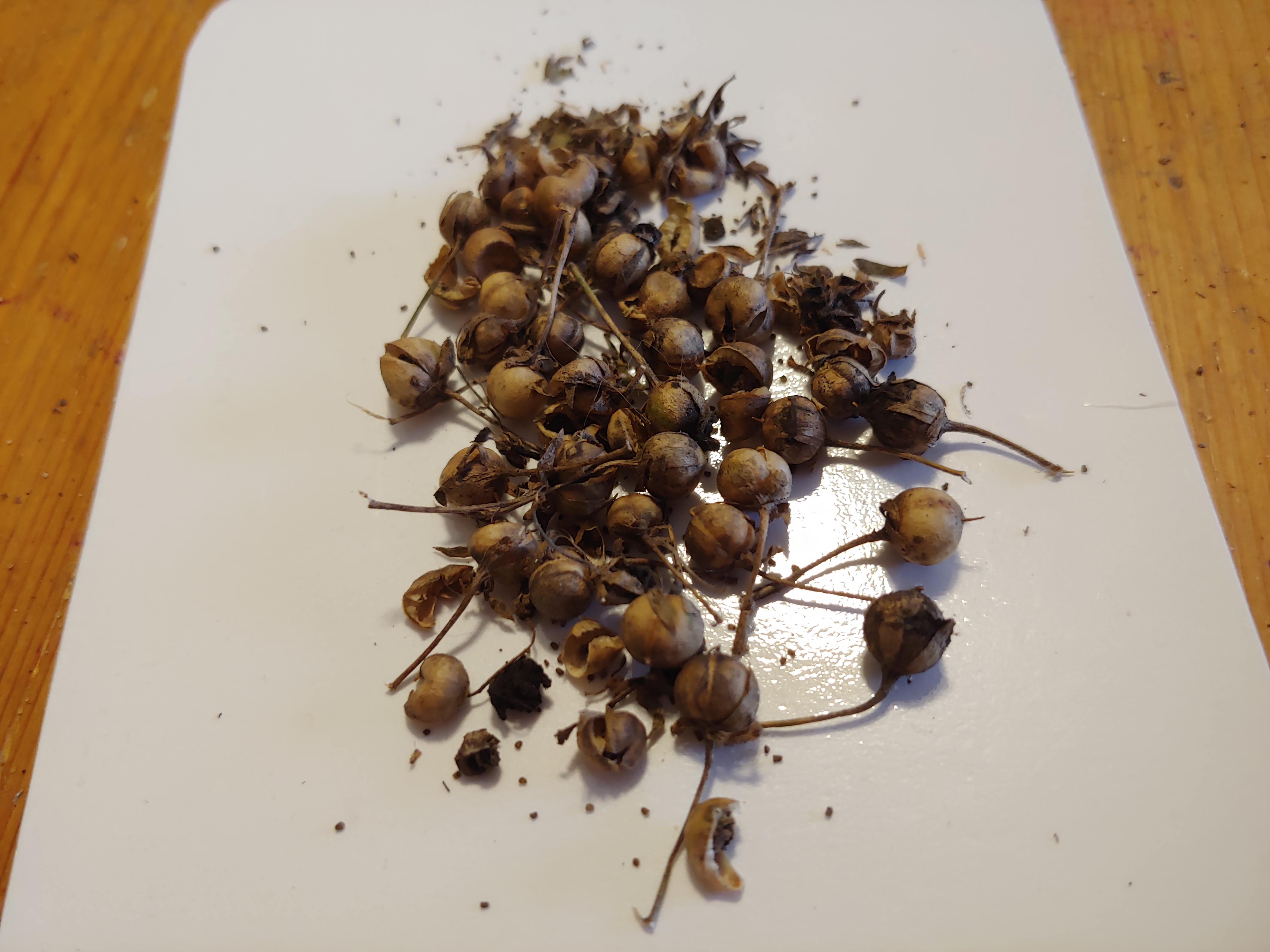As climate change causes more frequent drought conditions, Michigan State University researchers are learning more about the biology of plants, fungi and microscopic animals that survive on very little water in a drought or desiccation state. This research is part of a $12.5 million multi-institution and cross-disciplinary National Science Foundation grant as part of the NSF Biology Integration Institutes.
“Most biology across all life occurs within a narrow window of water content, and most things need to be fully hydrated for them to function,” said Robert “Bob” VanBuren, an assistant professor in MSU’s Plant Resilience Institute and the colleges of Natural Science and Agriculture and Natural Resources. “If we can understand the ways that these extreme plants can survive without water, we could use those to engineer more drought tolerance into some of our staple crops.”
The grant, led by Seung Yon "Sue" Rhee at the Carnegie Institution for Science, will create the virtual Water and Life Interface Institute — WALII, pronounced “Wally” — to explore the evolutionary history of drought-resistant plants and organisms, genetic and physical factors that make them able to survive long periods of time without water, how plants and organisms rehydrate when they are exposed to water again and the connection between protein structures and how they tolerate drought conditions.
One of the research teams at MSU is focused on resurrection plants, which can survive without 90% of the water in their cells.

Resurrection plants go from dehydrated on the left to hydrated on the right. Image courtesy of Rose Marks
“Resurrection plants are amazing,” said Rose Marks, a postdoctoral researcher in the Plant Resilience Institute and the colleges of Natural Science and Agriculture and Natural Resources, and a postdoctoral fellow in the NSF Plant Genome Research Program.
“These plants go from looking completely dead and dormant to springing back to life in just a few hours. The first time I saw this in the field, I was like a child jumping up and down — it’s just one of those exciting things in the natural world."

Rose Marks rappelling and researching drought-resistant plants. Image courtesy of Rose Marks
VanBuren and Marks will be looking at the genetic makeup of resurrection plants to identify the genes that are essential for protecting these plants when water is lost or regained.
In addition to MSU researchers and the Carnegie Institution for Science, scientists from Baylor College of Medicine, California State University Channel Islands, the USDA Agricultural Research Service National Laboratory for Genetic Resources Preservation, the University of California Merced, the University of Wisconsin-Madison, the University of Wyoming and Washington University in St. Louis are also participating in the grant.
“It’s a relatively large program,” VanBuren said. “You get the chance to work with people that you maybe wouldn’t have traditionally worked with, and it really pushes you to think beyond the boundaries of your current research.”
By branching out its research, the team is excited about future possibilities. “We could develop drought tolerance or climate resilience in plants,” Marks said. “We can look toward nature for inspiration and find that plants have naturally evolved to survive extreme stress.”

Another part of a plant that experiences desiccation and rehydration is its seeds. Seeds are all around us and are dry too.
“You can dry anything,” said Margaret Fleming, an assistant professor in the College of Agriculture and Natural Resources. “But the question is, does it revive when it gets wet?"
Fleming and her team are drying and rehydrating seeds under various conditions and imaging them using an MRI scanner to track the path the water takes as it rehydrates the seed.
The grant also has an extensive outreach component. One outreach program geared toward middle school students is modeled after MSU’s famous, long-running Beal buried seed experiment, which began in 1879 when Professor William J. Beal buried 20 bottles filled with sand and seeds from weed species to see how long the seeds could remain viable. Seeds keep best in dry, cool, unchanging environments, but these buried seeds have gone through many cycles of wetting and drying. And in 2021 — 142 years later — 20 seeds from a common weed called mullein did germinate.“We plan to bury bottles filled with seeds each year so that students can have something new to test every year,” said Margaret Fleming, an assistant professor in the College of Agriculture and Natural Resources. “There are endless possibilities for ways to inspire students.”

Margaret Fleming nurturing mullein plants. Image courtesy of Margaret Fleming
